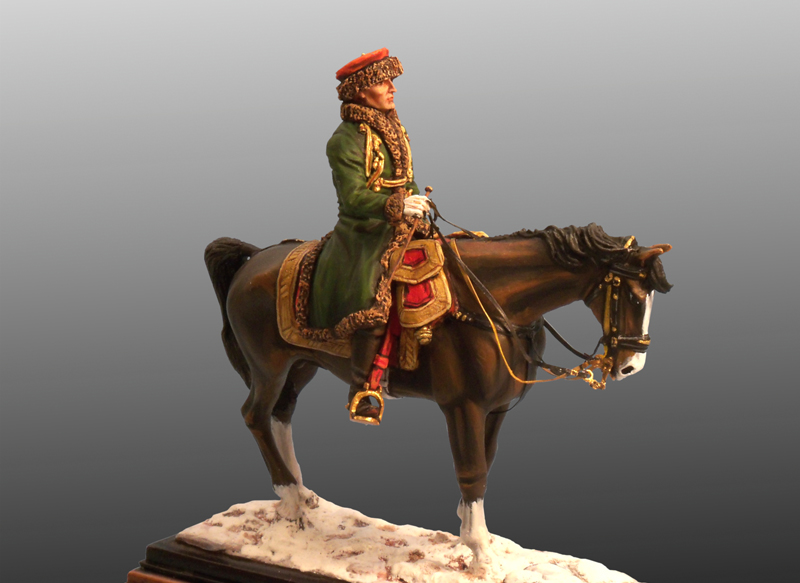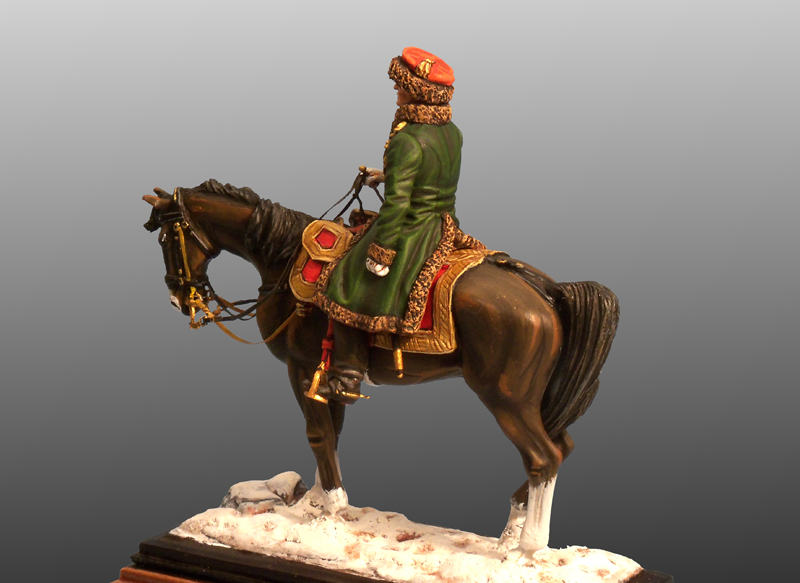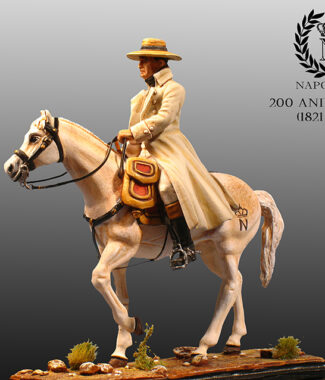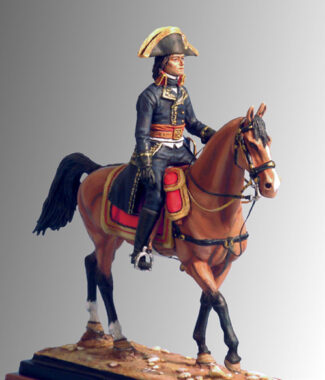A little known fact about the Russian campaign is that Napoleon's army, in fact, lost more men on their way to Moscow than in their retreat. The heat, the illness, the battles and the desertion made the army lose half of its men before the Russian capital was seen on the horizon. However, for the Corsican general, the important thing was to have arrived in the city. In September, the Grand Armée, exhausted and debilitated, arrived in Moscow with the intention of resting and recovering, but that was not the case. So determined were the Russians to resist the invader that they burned their ancient and beautiful capital to deny that possibility to the French. Napoleon hesitated between staying for the winter and recover, or claim victory and go home. When it became clear that the Russians would not accept a favorable peace, Napoleon pulled his troops out of the city. It was October. It was already too late. While the once great French army retreated painfully through the empty immensity of Russia, the cold fell on them just as the French generals had feared. And that was the least of their worries. The horses died first because there was no food for them. Then, after they were eaten, the soldiers began to die as well. All supplies in Moscow had been burned a month earlier. Constantly, units of Cossacks harassed the French rearguard, who were more and more tired, trapping the stragglers and turning the lives of the survivors into a constant misery. Meanwhile, Alexander I, advised by his experienced generals, refused to confront the military genius of Napoleon in the open. Surprisingly, when the remnants of the Great Armee reached the Berezina River at the end of November, they only had 74,000 men: 30,000 troops and 44,000 non-combatants; 100,000 men had already surrendered to the enemy, while 380,000 lay dead in the Russian steppes.
On the river, with the Russians approaching dangerously, Napoleon had to make a decision. A recent increase in temperature meant that the ice on the river was not strong enough for his entire army and artillery reach the opposite bank. Crossing the frigid waters below zero seemed an impossible task. Now he had an opportunity: to create a bridge strong enough to take his entire army over. The extraordinary bravery of his Dutch engineers made it possible for the army to retreat. They built a solid pontoon bridge. The attacks of the Russian vanguard were repelled by four Swiss regiments, which formed the last French rearguard. Out of the 400 engineers, only 40 survived. Napoleon and his Imperial Guard managed to cross on the 27th, while the Swiss divisions and other weakened French divisions fought a terrible battle on the bank, facing an increasing contingent of Russian troops.
Suffering the Russian harassment and without having managed to take all his units over the river, Napoleon considered it necessary to blow up the bridge and ordered his troops to cross as quickly as possible. The French army had escaped, but at a terrible cost. Surprisingly, 10,000 men arrived in allied territory in December and lived to tell it after having survived the worst disaster in military history until then. Napoleon immediately went ahead and arrived in Paris by sledge, leaving behind his still suffering army.
The figure show Napoleon rides a chestnut horse of the Don breed. Tsar Alexander I, after the Treaty of Tilsit, in a show of goodwill, had given him several horses of this breed, which Napoleon used profusely in this campaign. He also wears a coat model that he wore throughout the Russian campaign and he covers his head with a round hat and not with his characteristic bicorne.








Reviews
There are no reviews yet.